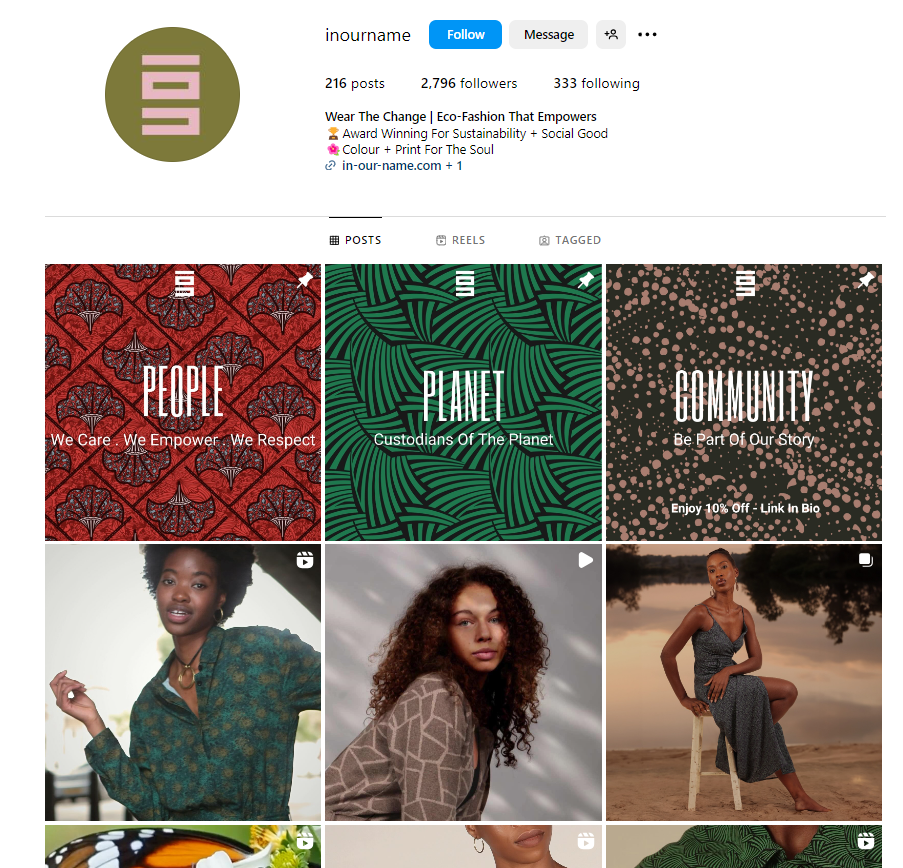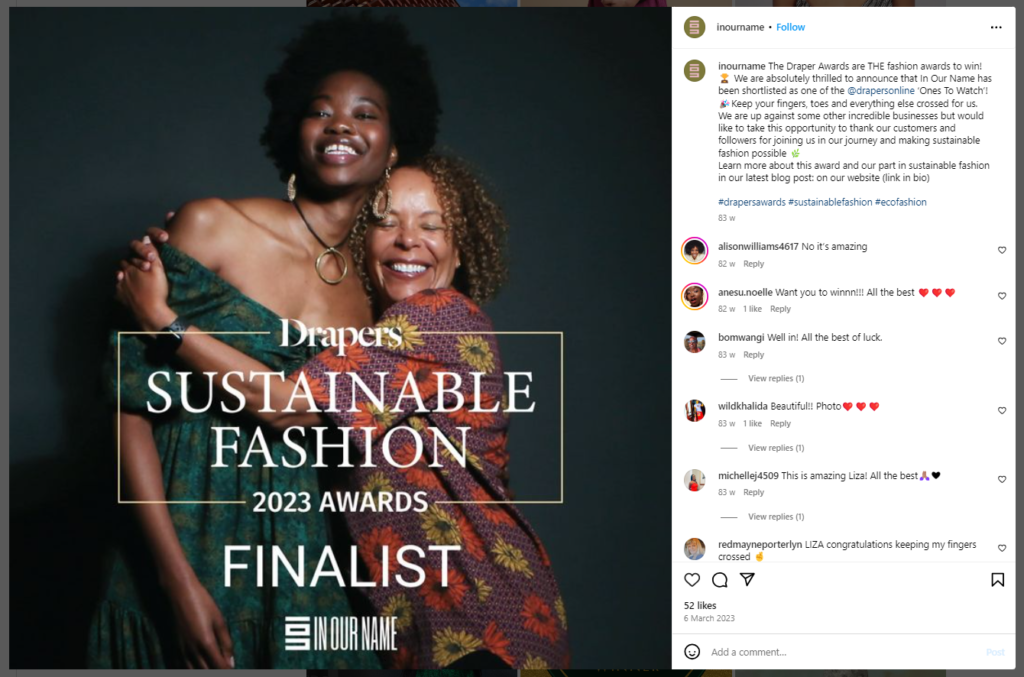Organic social media and paid social media are like two sides of the same coin that work together to propel your social media marketing to the next level.
The problem is that it can sometimes be difficult to differentiate between the two. Even when you can, the next step is to know which of the two tactics to adopt at any given time.
Let’s look at the similarities and differences between organic and paid social media, the pros and cons of each and how you can use both to your advantage.
THE DIFFERENCE BETWEEN PAID SOCIAL AND ORGANIC SOCIAL
Put simply, organic social media is anything you do on social media that doesn’t cost you any money. If you log into your Facebook page and post an update or write an article on LinkedIn, this is considered organic social, even if you spend a little money to hire an editor or buy stock images.
Paid social is another term for social media advertising in all its forms. Boosting a post on Facebook, advertising on TikTok and promoting a post on X are examples of paid social. Paid social media is big business, marketers are expected to spend almost $40 per user by 2025.
It’s worth noting that some approaches don’t fit into either category. For example, if you carry out an influencer marketing campaign in which you pay influencers to post about your product, it’s technically a bit of both while being categorised as neither.
However, you might back that influencer marketing campaign by posting organic social media updates or using paid social media to boost your collaboration so that more people see it.
THE PROS AND CONS OF EACH CHANNEL
Organic Social Media
Organic social is essentially where businesses use free social media networks to reach people on the 6.7 different social networks that a typical user is active on each month. If you’re not paying money to a social network, it’s organic social media marketing.
Pros
- It’s free.
- It’s accessible from any device with an internet connection.
- It can help you to build relationships and trust with your target audience.
Cons
- You have to commit to posting regularly if you want to gain traction.
- It’s easy to waste time if you’re posting without any strategy.
- Only a small percentage of your followers will see your posts organically.
Paid Social Media
Paid social is all about using the advertising tools offered by social networking sites and accounts for 28.8% of all digital advertising expenditures. This includes running ads on Facebook, Instagram, TikTok, LinkedIn, YouTube and other social platforms.
Pros
- You can easily turn it on and off and even promote a specific post that’s doing well.
- You can be strategic about who you target, using sophisticated audience strategies.
- It provides powerful analytics and can demonstrate a return on investment (ROI).
Cons
- It costs money and if not managed correctly, can burn through budget with little to show.
- People won’t engage with your content if your messaging is off, regardless of how much money you spend.
- There can be an initial learning curve (though this can be offset by hiring a paid social agency).
HOW TO USE PAID SOCIAL AND ORGANIC SOCIAL TO COMPLIMENT EACH OTHER
As mentioned earlier, one of the most obvious ways to mix paid and organic social media is to combine them with a wider campaign.
Perhaps you’re encouraging your followers to create user-generated content (UGC) – for instance, by taking a selfie of themselves with your product in exchange for a chance to win freebies. This would come under organic social media.
The challenge is that if no one knows you’re doing it, they won’t take part. You need a way to reach those people in the first place, and this is where paid social comes in.
When it’s done well, paid social media allows you to target the specific audience you want to reach, such as new mothers in their 30s within 30 miles of London. You can also tailor your messaging to that audience to get the most bang for your buck.
Of course, if you’re struggling, you can also get help from a paid social media agency, which can carry out campaigns on your behalf. This can be easier than promoting internally or recruiting dedicated employees, especially for smaller companies with fewer resources. Partnering with an agency takes away the initial risk as you’ll be working with briefs, forecasts, defined audience builds and clear creative strategies.
A 2023 Sprout Social survey found that marketers rank organic social media as their most valuable tactic, followed by paid social media in second place and working with content creators in third. If you’re strategic about it, you can combine all three.
WHAT DOES THIS LOOK LIKE IN PRACTICE?
Brand Call Out: In Our Name

The sustainable and ethical luxury fashion brand In Our Name specialises in working with local makers in Africa and using sustainable and recyclable components.
The brand uses paid social media advertising to deploy custom content and strong visuals backed with clear calls to actions. By focussing on creating quality content, they drive strong engagement rates through their paid activity whilst steadily growing their organic following, who they then feed variations of the sponsored content which in turn drives up organic engagement, a two pronged approach.

This clever combination of paid and organic social media marketing is just the tip of the iceberg. There’s a wealth of bespoke strategies that can be deployed to make both channels work in tandem and in an age where over three-quarters of social media users have bought something that they saw on social media, finding the balance is key.
FINAL THOUGHTS
Now that you understand the similarities and differences between organic and paid social media and how the two can be used together, you’re ready to use them at your company.
Remember that no social media marketing campaign can work without a strategy in place, so begin with the strategy and go from there. Your goal should be to use both organic and paid social media to bring you closer to your goals, whether you’re trying to sell more products, your services or increase brand awareness.
Of course, if you don’t want to go it alone, help is available. You just have to ask for it.


